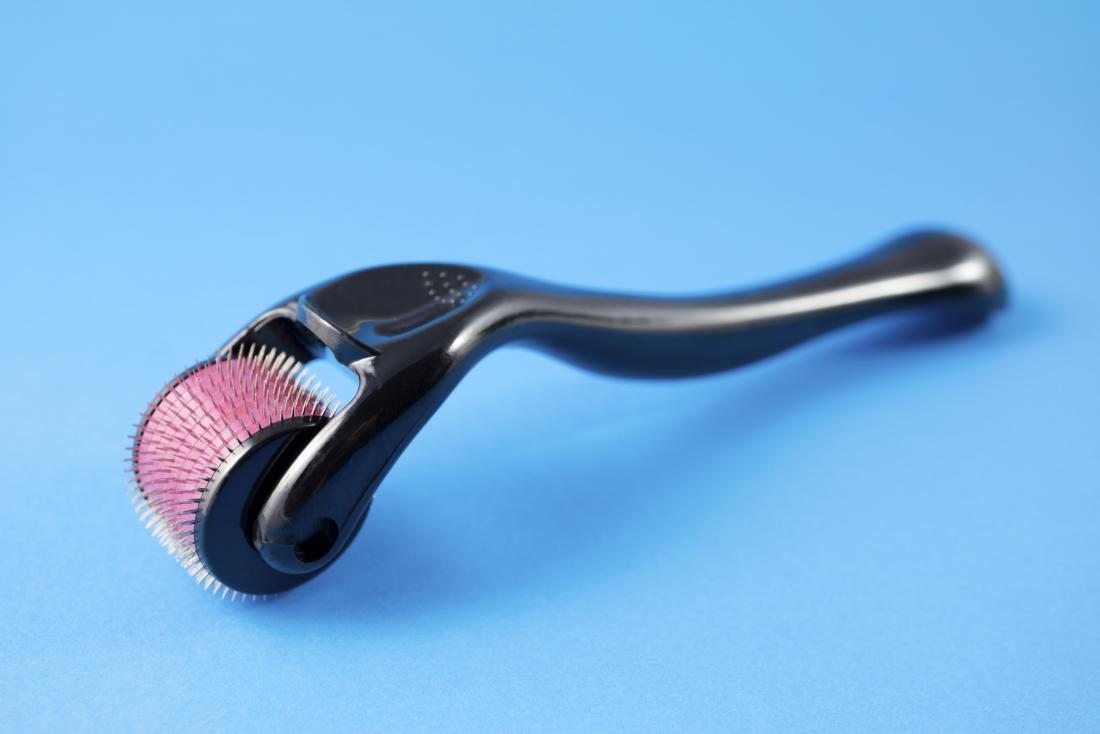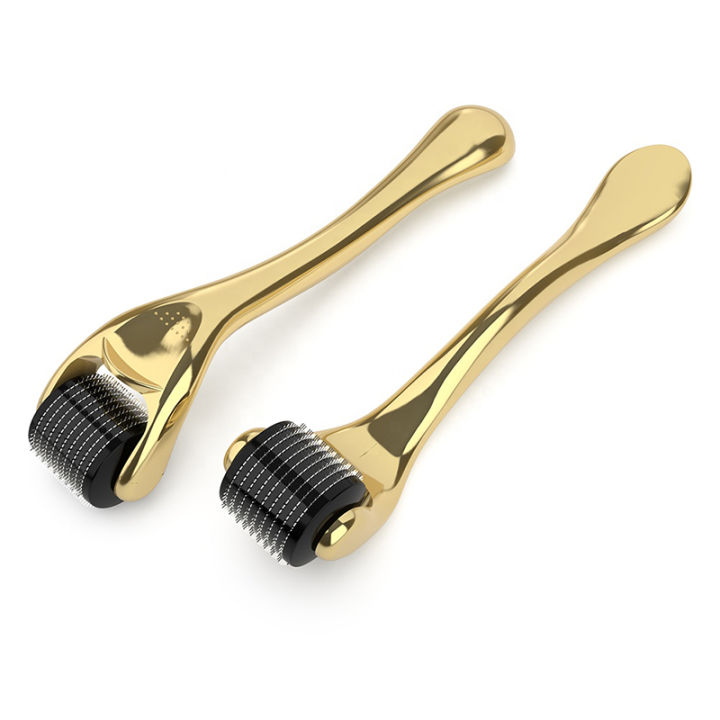Derma rolling, also known as microneedling, has become a widely popular skincare treatment in India. This minimally invasive procedure involves rolling a small device covered with tiny needles over the skin to stimulate collagen production, improve texture, and address issues like acne scars, pigmentation, and hair thinning. However, to enjoy the best results without causing harm, it’s important to understand how to use derma rollers safely and effectively. This comprehensive guide will walk you through everything you need to know about using derma rollers safely in India.
What Is a Derma Roller?
A derma roller is a handheld device embedded with numerous fine needles ranging from 0.2mm to 1.5mm or more. When rolled over the skin, these needles create microscopic punctures that trigger the body’s natural healing response. This leads to increased collagen and elastin production, which helps rejuvenate skin, reduce scars, and improve overall skin tone.

Why Use Derma Rollers?
In India, derma rolling is favored because it is a cost-effective way to improve skin quality at home or in salons. It can:
- Reduce acne scars and hyperpigmentation
- Minimize fine lines and wrinkles
- Promote hair regrowth on the scalp
- Enhance absorption of skincare products
However, the key to all these benefits is safe and correct usage.
Choosing the Right Derma Roller Needle Size
The needle length plays a crucial role in safety and effectiveness:
- 0.25mm: Safe for beginners; mainly improves skincare product absorption without causing pain or bleeding.
- 0.5mm: Effective for improving skin texture and minor scars; can be used at home but requires caution.
- 1.0mm: Better for deeper scars and pigmentation; usually recommended for professional or supervised use.
- 1.5mm and above: Used mainly by dermatologists for severe scarring or hair regrowth; should not be used at home due to risk of injury
In India’s humid climate, shorter needles (0.25mm and 0.5mm) are often preferred for home use to reduce infection risks.
Step-by-Step Guide to Safe Use
- 1. Sanitize Your Derma Roller
- Before each use, soak your derma roller in 70% isopropyl alcohol for 5-10 minutes to kill bacteria. After use, clean it again thoroughly to prevent contamination.
- 2. Cleanse Your Skin Thoroughly
- Wash your face or the treatment area with a gentle cleanser to remove oils, dirt, and makeup. Pat dry with a clean towel.
- 3. Start Rolling Gently
- Divide the treatment area into sections. Roll the derma roller back and forth 4-6 times in each direction — vertically, horizontally, and diagonally. Avoid pressing too hard; the needles only need to lightly puncture the skin.
- 4. Avoid Sensitive or Damaged Skin
- Never use a derma roller over active acne, open wounds, eczema, or sunburned skin, as this can worsen irritation or cause infections.
- 5. Post-Treatment Care
- After rolling, your skin will be sensitive and slightly red. Follow these care tips:
- Avoid makeup and harsh skincare products for at least 24 hours.
- Use a gentle, hydrating moisturizer with ingredients like hyaluronic acid or aloe vera.
- Apply broad-spectrum sunscreen daily, especially in India where sun exposure is intense.
- Avoid direct sun exposure, saunas, and sweating heavily for 1-2 days.
6. Frequency of Use
For home use with 0.25mm and 0.5mm needles, limit microneedling to once a week or once every two weeks. Overuse can cause irritation and slow down healing.
Common Mistakes to Avoid
- Using dirty or unsterilized rollers: This can cause infections, pimples, or worsening skin conditions.
- Sharing your derma roller: Always use your own device to avoid bacterial transfer.
- Applying makeup immediately after treatment: This can clog pores and cause breakouts.
- Skipping sunscreen: Your skin is more vulnerable to UV damage post-microneedling.
Special Considerations for Indian Skin
Indian skin is typically more prone to hyperpigmentation and sun sensitivity. Hence:
- Use a gentle needle size if you are a beginner.
- Always apply sunscreen diligently after treatment.
- Consult a dermatologist before starting microneedling if you have melasma, sensitive skin, or other skin conditions.
Professional vs. At-Home Microneedling
While at-home derma rollers are effective for mild skin issues, professional microneedling done by dermatologists uses automated devices with adjustable needle depths and better sterilization. This is safer for deeper scars and more intense treatments.
When to Consult a Dermatologist
If you have severe acne scars, pigmentation issues, or plan to use longer needles (1.0mm+), seek professional advice. Dermatologists can guide you on the best needle size, treatment intervals, and post-care products suitable for your skin type.
Final Thoughts
Derma rolling can be a game-changer for your skin when used safely and correctly. In India’s environment, sanitization, proper needle size, and sun protection are especially important to prevent complications. Start slow, listen to your skin, and prioritize hygiene to enjoy the rejuvenating benefits of microneedling.
By following this ultimate guide, you can confidently add derma rolling to your skincare routine and work towards clearer, smoother, and healthier skin.

